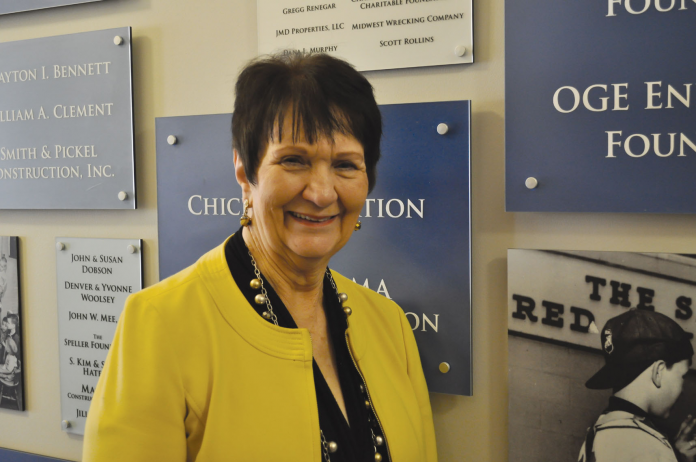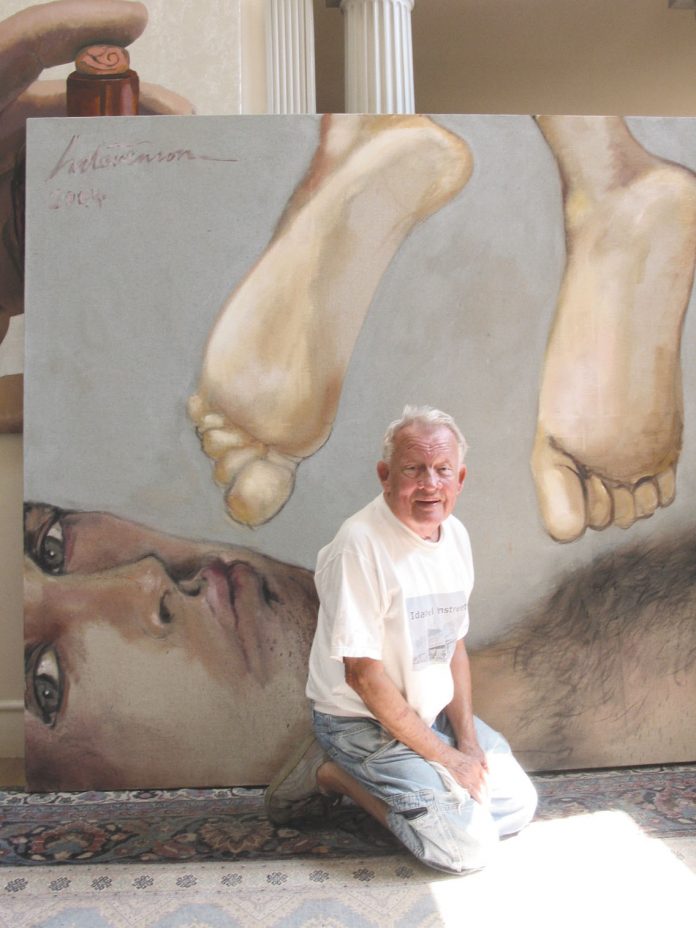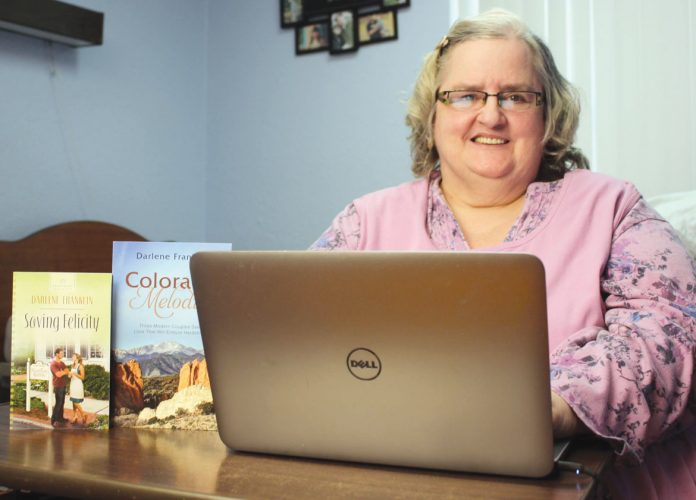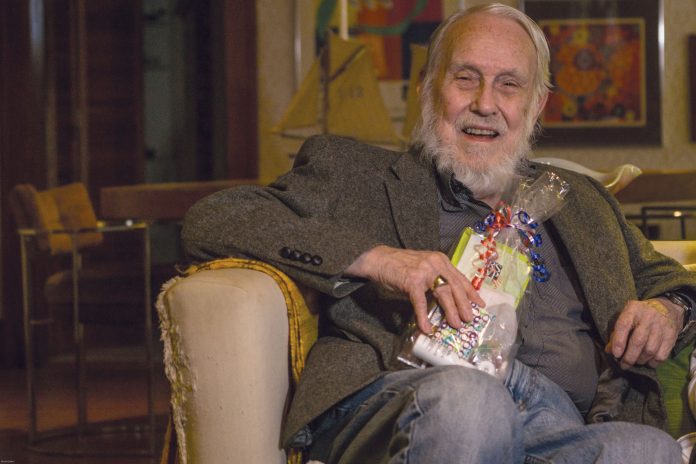Senior Living Fair set for April
by Bobby Anderson, staff writer
As Senior Programs Manager for the Salvation Army Central Oklahoma Area Command, Lisa Sydnor helps families struggling with crucial decisions when loved ones have an unexpected life change.
She was one of those people years ago when her mother faced a world-altering event.
That’s why this month’s Senior Living Fair has a special place in her heart.
The Salvation Army Senior Living Fair will be held Saturday, April 29 from 9 a.m. to 12:30 p.m. at the OKC-County Health Department northeast campus.
This year the focus is on the families of seniors and providing resources for them as they help their loved ones make decisions about downsizing, finding affordable housing and more.
More than 65 vendors who can connect seniors and their families to these much needed resources are expected to attend.
The Senior Living Fair is an annual event that is free to the public thanks to sponsors and includes exhibits for health and wellness, housing, Medicare information, insurance, aging-in-place, and fun ways to stay active.
The Salvation Army Senior Programs offer participants the opportunity to learn, innovate, promote healthy activities, express and fulfill artistic talents, and socialize. The enhanced self-worth, dignity and hope are intrinsic to the well-being of every person.
The non-profit Sisters in Motion group will be there, teaching seniors the benefit of hula hooping to improve their flexibility and range of motion.
“What we want to do is bring all those people together,” Sydnor said. “It’s not just a health fair. It’s about living now but taking care of the contingencies.”
Sydnor’s mother hadn’t taken care of those contingencies a few years back.
So Sydnor became one of those family members who didn’t know where to turn when her mother took an unexpected turn for the worse.
“I can tell you from experience,” Sydnor says. “If you don’t know what you don’t know then you make a mistake. When you realize the mistake then you have to start over again.”
Sydnor remembers walking in to check on her mother one day after work and the entire house had blackened walls.
Her mother was sitting in the middle of it all and Sydnor was aghast.
“She was sitting there barely breathing and said she fell asleep while cooking,” Sydnor said. “The walls were black with soot. Had the neighbor next door not smelled something and basically kicked the door in … mother probably would have died from smoke inhalation because she had limited respiratory function anyway.”
“I had to do something.”
Within 72 hours, Sydnor was forced to downsize her mother to a shared room at a nursing home.
The phone book was her only resource.
She thumbed through, praying the next call would be the right one for her mother.
Turns out it wasn’t.
Within two weeks of choosing a home she knew she had made a mistake.
“Not knowing what questions to ask, you just don’t ask them,” Sydnor says. “I don’t want to see somebody else like that.”
So she pulling her mother out of the center and moved her in with her for the time being until a more permanent situation was found.
During the process, she found out her mother had made no final expense arrangements.
In taking care of her mother’s finances and living situation, it became clear that she needed to have a conversation with her own children.
That’s why the Senior Living Fair is so important. Sydnor says experts from a number of relevant industries are brought together to provide a resource – not just for seniors but for everyone as they age.
“I want to see the seniors come with their families and with their children or grandchildren who will make decisions and help them,” Sydnor said.
This year will be the first time the event has taken place on a Saturday. The move from Thursday mornings was intended to accommodate families who help seniors make important life decisions.
Downsizing, supplementing Medicare, finding the right place to live after an illness or crisis – these are just a few of the topics Sydnor says will be covered.
“Just myriads of questions,” Sydnor said. “We also have health agencies. We’re trying to reach the families so they can make better informed decisions.”
And for Sydnor, she hopes that others aren’t caught unprepared when the unexpected arrives on their doorstep.









